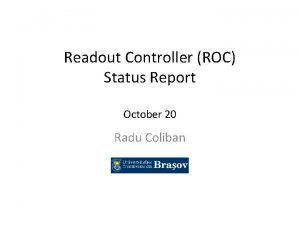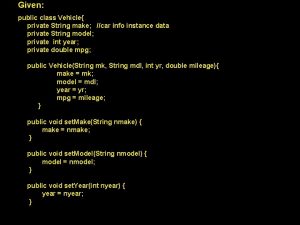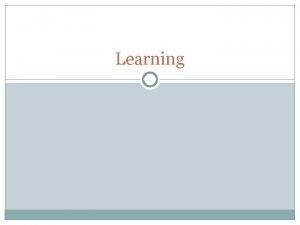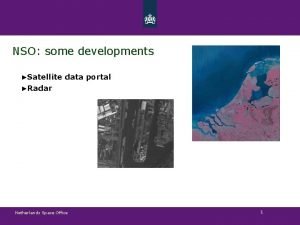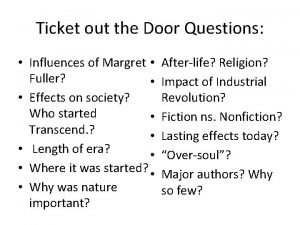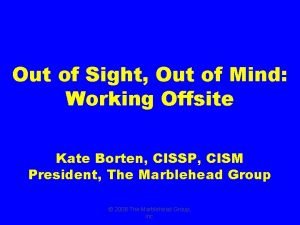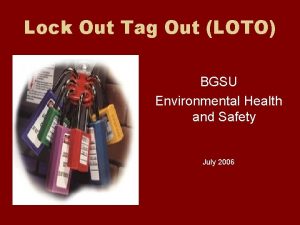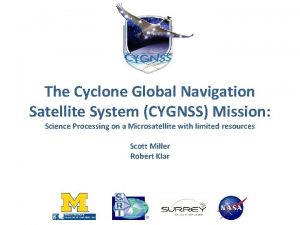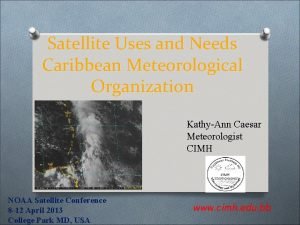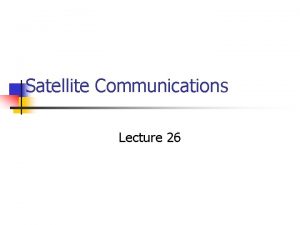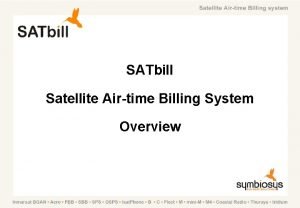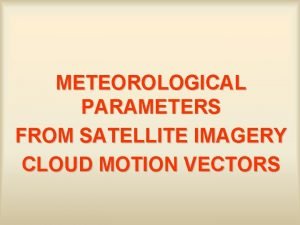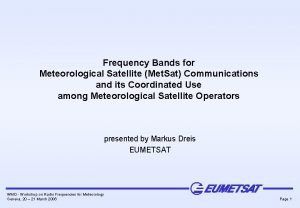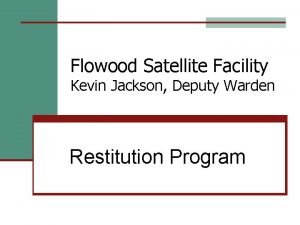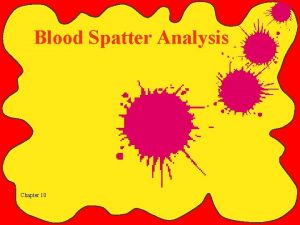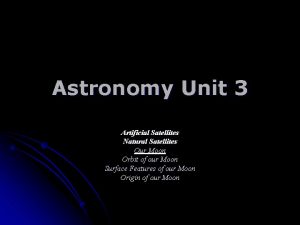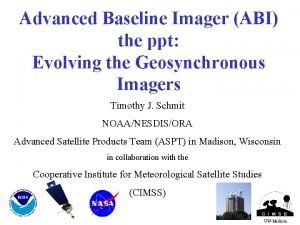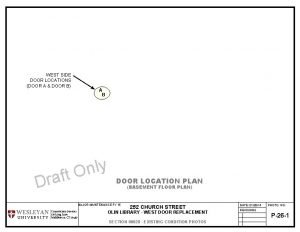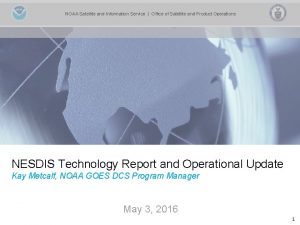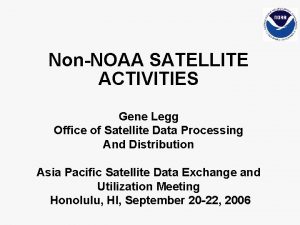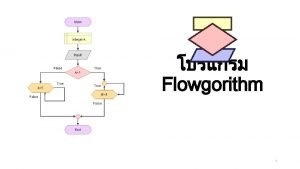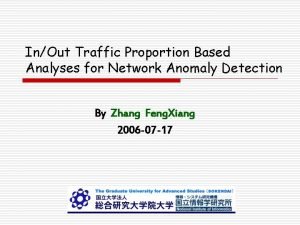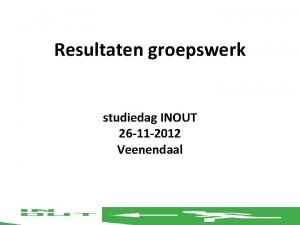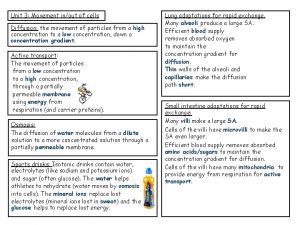Fixed Office InOut door Satellite Aircraft Vehicle Out



























































- Slides: 59



전파통신 기술의 영역의 보편화 Fixed Office In/Out door Satellite Aircraft Vehicle Out of Urban Vessel 3





무선 인터넷 관련 표준화 기구 • ITU(International Telecommunication Union) – ITU-R(Radio Communication Sector) – ITU-T(Telecommunication Standardization Sector) • 3 GPP(3 rd Generation Partnership Project ) & 3 GPP 2(3 rd Generation Partnership Project 2) – MWIF, IPv 6 forum … • ISOC(Internet SOCitey) – IETF(Internet Engineering Task Force) 8


All IP 표준화 Drivers PREEMINIENT GROUPS : VISION & HARMONIZATION Vision politics ITU-T IMT 2000 -SSG technology 3 G. IP 3 GPP <R 99 initiative> Global roaming harmonization Interoperability commonality market OHG 3 GPP 2 All-IP Standard <Active for Evolution> REGIONAL STANDARDS: STANDARD SYSTEM DESIGN & EVOLUTION TECHNICAL INITATIVES: stage 2/3 ETSI/ BRAIN MARKET DRIVERS: stage 0/1 requirements DEFACTO STANDARDS: stage 2/3 protocols UMTSF GSM Mo. U IETF ATMF SYSTEM ENGINEERING : stage 1/2 requirements MWIF CDG FORUMS & MARKET REPRESENTATIVES : LEADING STADARDIZATION TREND 10




IPv 6(Internet Protocol, Version 6) • 128 bit 주소체계를 가지는 Internet Protocol • 특징 – – – • 확장된 주소체계 강한 IP-layer Privacy와 authentication Flow label 효율적, robust mobility 구조 Server-less 자동 configuration(plugn-play)와 reconfiguration(renumbering) Streamlined header format 응용범위 – – – 무선인터넷(이동성 및 개인화, 안정성, Mobility, Personality, Security) 홈네트워크, 정보가전(확장성, 품질성, Scalability, Quality) 망관리(Easy Management) 14


IPv 4와 IPv 6의 비교 IPv 4 IPv 6 주소체계 및 갯수 32 bit, (약 42억개) 128 bit(3. 40 E 38개) 패킷 헤더 유동적(Variable size) 고정적(Fixed Size, 320 bit) Option field Extension Header 주소 할당 방법 A, B, C, D(멀티캐스트), 클 래스, CIDR 주소유형 Unicast, multicast, Broadcast Unicast, multicast, anycast QOS Defined(To. S) Flow label Traffic Class Security Limited Ipsec built-in Configuration 수동적 자동적 16

IPv 4/IPv 6로의 Transition 17


Mobile IP • 무선 이동망에서의 라우팅 – Mobile IP, MANet(Mobile Ad-hoc Network) • 특징 – 인터넷에서의 노드 mobility 를 위한 efficient, scalable, mechanism 제공 – 노드가 IP 주소를 변경하지 않고 인터넷에 대한 point of attachment를 변경 – 움직이는 동안 transport & higher-layer connection을 유지 19

Terminology for Mobile IP • Mobile IPv 4 – Mobility을 지원하는 IPv 4 계열의 Internet Protocol (RFC 2002에 정의) • Mobile IPv 6 – Mobility을 지원하는 IPv 6 계열의 Internet Protocol • Mobility Agent – Home Agent(HA) : mobile node의 Home network 상에 있는 라 우터 – Foreign Agent(FA) : mobile node가 방문하는 network 상에 있는 라우터 • Mobile Binding – Home address와 Care-of-address(COA)의 association • Mobility Network – 고정 Node, Mobile 노드 또는 라우터가 연결되어 Mobile 라우터 지원을 받는 Network 20



Mobile IPv 4(Mo. IPv 4)와 Mobile IPv 6(Mo. IPv 6) 구조 23

Mobile IPv 4와 Mobile IPv 6 MIPv 4 MIPv 6 Route Optimization Optional Fundamental part Ingress Filtering Reverse Tunneling Home Address destination Option Saddr = COA Foreign Agent Needed -Agent Advertisement -FA COA Not needed -Address Autoconfiguration -Neighbor Discovery Security Statically configured mobility security associations IPsec mandatory Packet delivery Only IPv 4 Encapsulation - IP-in-IP and Minimal Encapsulation - Generic Routing Encapsulation Need tunnel soft-state Routing Header -reduce additional NO. header bytes & overhead IPv 6 Encapsulation Need not tunnel soft-state Movement detection Agent Advertisement/solicitation message (Mobile Agent), Lifetime & network prefix Neighbor detection ( Router discovery, Neighbor unreachability detection) Control traffic 개별적인 UDP패킷 사용 IPv 6 destination option의 사용으로 piggybacking 가능 24

Mobile IP 발전 및 표준현황 • IETF의 Wireless/Mobile Hosts IP Routing 작업반 구성(1992) • IESG(Internet Engineering Steering Group) 승인 및 제안된 표준으 로 발표(1996) • IESG에게 Mobile IPv 4 protocol을 draft 표준으로 심의 의뢰(2000) – IPv 4 관련 RFC 표준 완성 – RFC 2002~2006, 2290, 2794, 3012 등 • IESG에게 Mobile IPv 6 MIB을 제안된 표준으로 심의 의뢰(2001) – Mobility Support in IPv 6 등 8개 표준 진행중 25

Mobile IP(Mo. IP) 주요 표준화 Issue • 모바일 사용자/노드를 식별하기 위한 Network Access Identifier 사용 • AAA 기능에 대한 사용법 명시화(Interdomain & Intra domain mobility) • Cellular/Wireless network에 대한 요구사 항 문서화 • Route 최적화(Optimization) • IPv 6의 이동성지원(Mobility Support) • Mobile IPv 4의 Low latency Handoffs • Fast Handovers for Mobile IPv 6 • Diffserv를 사용한 Mobile IP에서의 Qo. S 26

Mo. IP Based Micro Mobility Management protocol in the 3 G Network • 3 G cdma 2000 네트웍에서 RAN과 Packet Data Network간 Mobility를 지원하기 위하여 Mo. IPv 4 (IETF RFC 2002)에 추가적인 Message와 Extension 정의 • Mo. IPv 6에서는 FA의 기능이 필요 없지만 Mo. IPv 6 Handoff 지원을 위한 중심 Point는 필요 • Micro Mobility – 무선망에서의 기지국 단위 또는 페이징 단위의 위 치이동성 제어 • Mo. IP의 HA, FA 간 이동성 제어는 수행 안함 • 빠른 H/O 처리 27



무선인터넷 플랫폼 기술동향 • 지원언어에 따른 분류 – Java(Mobile Java) : JAVA VM, SK-VM(XVM), Symbian – C, C++ : GVM, MAP, BREW, Stinger, Windows CE • 수행방법에 따른 분류 – Interpreter 방식(Virtual Machine : VM) • • Java VM KVM GVM(General Virtual Machine) XVM, SKVM – Binary 방식(Native 방식) • BREW • MAP 30







Japan의 Mobile Java VM 사업자 Do. Co. Mo J-Phone KDDI(au) Service Name i-Appli J-Sky Java ezplus Configuration CLDC Profile Doja Feature HTTP/HTTPS Low level Graphic MIDP+JSCL (J-PHONE Specific Class Library) 2 D Sprite 3 D Polygon 디바이스의 내부정보 사용 방법 Not allowed by JSCL by Extension program size 10 k 30 k 50 k download site official/ unofficial download speed 9. 6 kbps 9. 6 Kbps 14. 4 kbps MIDP+ KDDI Profiles CMAIL Jumon 37

Mobile Java 2 nd Generation 사업자 Do. Co. Mo J-Phone KDDI(au) Service Name i-Appli J-Sky Java ezplus 2 G Service in 2002. Spring 2002. 1 2001. 12 HTTP ○ ○ × ○ HTTPS ○ × × ○ program size 10 k 30 k 100 k 50 k download site official/ unofficial + Registered site official/ unofficial download Speed 9. 6 kbps 28. 8 kbps 14. 4 kbps 64 kbps 144 Kbps 38


JAVA VM Future Trend 2001 Hand Set (PDC) 2003 2005 2002 Do. Co. Mo FOMA, SK-VM 2. 0 3 G Phone PDA Car Navigation DSC Electric Appliances GAME Continuous Usability of Java Applications DTV “Write once, run anywhere” 40

GVM 2 nd Generation • GVM 3 X 방향 – 단말기 HW 발전 대응 – Mobile C의 각종 제한규격 완화 – Application 레벨의 차별화 된 기능 추가 • 주요 변경 규격 – – Application Size 및 각종 Buffer 확대 Agent Running Mode 추가 Network, Graphic Library 기능 개선 Filesystem, Multimedia 연동기능 추가 41


BREW 2 nd Generation • • SMS -> MMS Bluetooth 탑재 Web Browser Components : 기능추가 Image Viewer 보완 CMX 2. 2 Interface 강화 Voice Services 강화 Graphics 기능 강화 Security: SSL등 기능 강화 43



Platform 표준화 Scope(표준화 예정) 지원 언어 중간경로 Application In C/C++ 머신 코드 API BASIC API Native S/W 단말기 기본 S/W Engine HAL (Qualcomm Route Application In Java Engine 의 경우 DMSS) H/W Handset Device Hardware Extended API 46



일본의 OCP(Open Contents Platform) • OCPA(Open Contents Platform Association) – 2001. 10월 결성 – 방향 • Digital • Internet • Wireless – OS 및 하드웨어에 의 존하지 않은 가상 프로 세서(VP) 기술 베이스 로 고속 실행환경 구현 49

Nokia의 USP(Uniform Service Platform) • Open Mobile Architecture Initiative(OMAI) – 2001. 11월 결성 – 기술적 개방 마인드 표준화 – 제조업자, 이동사업자 포함 • 주요기술 동향 – – XHTML, Java, Sun. ML, Symbian OS MMS(Multimedia Message Service) : WAP Mobile DRM(Digital Rights Management) Authentication 50

무선인터넷 보안 • 보안 특성 – 비밀성(Confidentiality) – 인증(Authentication) – 허가(Authorization) 및 접근제어(Access Control) – 개인상황(Privacy) 및 익명성(Anonymity) – 서비스 가용성(Service Availability) – 이벤트 제한(Event Limiting) – 이벤트 보고(Event Reporting) 51


무선인터넷 표준화 포럼내의 표준화 Multimedia Messaging 무선통신 사업자 Increase ARPU with new Value-added services Streaming Video Location Based Services Multiplayer Gaming Infrastructure Content Provider Take advantage of new service infrastructure to provide compelling contents to the subscribers 53




무선인터넷 프로토콜 표준 • 응용프로토콜 분과 – EFI(External Functionality I/F) 기술 표준 – Sync. ML 기술 표준 • 접속 프로토콜 – WAP(Wireless Application Protocol) – I-mode – Mobile Explorer 57


 Roc
Roc Clamshell thrust reverser
Clamshell thrust reverser Shot me out of the sky you're my kryptonite meaning
Shot me out of the sky you're my kryptonite meaning Door to door luggage service switzerland
Door to door luggage service switzerland Direct energy door to door
Direct energy door to door Private string
Private string Reinforcement schedules examples
Reinforcement schedules examples Fixed interval positive reinforcement
Fixed interval positive reinforcement Fixed variable ratio interval
Fixed variable ratio interval Fixed order quantity
Fixed order quantity Fixed function ic
Fixed function ic Nso satellite office
Nso satellite office Ticket out the door
Ticket out the door Put out the light and put out the light
Put out the light and put out the light Meaning of out out by robert frost
Meaning of out out by robert frost Outta sight outta mind quotes
Outta sight outta mind quotes Out out frost analysis
Out out frost analysis Lock out tag out safety talk
Lock out tag out safety talk ‘out, out—’ by robert frost
‘out, out—’ by robert frost Time
Time The message matthew 11 28-30
The message matthew 11 28-30 Lock out tag out pictures
Lock out tag out pictures Out, damned spot! out, i say!
Out, damned spot! out, i say! Find out the odd one out
Find out the odd one out Makna out of sight out of mind
Makna out of sight out of mind Log out tag out deutsch
Log out tag out deutsch Office in factory
Office in factory Perbuted
Perbuted Cyclone global navigation satellite system
Cyclone global navigation satellite system South asia satellite
South asia satellite Satellite derived winds
Satellite derived winds Use of polar satellite
Use of polar satellite Ramsdis
Ramsdis Satellite link parameters
Satellite link parameters Digital audio radio service
Digital audio radio service Satellite frequency band
Satellite frequency band Design of satellite link for specified c/n
Design of satellite link for specified c/n Satellite orbit definition
Satellite orbit definition Satellite link design
Satellite link design Satellite communication
Satellite communication Satellite billing
Satellite billing Meteorological satellite center of jma
Meteorological satellite center of jma Cloud motion vector
Cloud motion vector Orbital inclination formula
Orbital inclination formula Ussr containment
Ussr containment Met sat
Met sat Mdoc satellite facilities
Mdoc satellite facilities Alos vertex
Alos vertex Dbs tv receiver block diagram explanation
Dbs tv receiver block diagram explanation Chapter 10 projectile and satellite motion tossed ball
Chapter 10 projectile and satellite motion tossed ball Chapter 10 projectile and satellite motion tossed ball
Chapter 10 projectile and satellite motion tossed ball Satellite states cold war
Satellite states cold war Arms race
Arms race Spurt blood spatter
Spurt blood spatter Satellite broadband cornwall
Satellite broadband cornwall Natural satellites
Natural satellites Satellite derived winds
Satellite derived winds Meted comet
Meted comet Artificial satellite aryabhatta
Artificial satellite aryabhatta Marshall plan communism
Marshall plan communism
